Title: The Price Journey of Organic Tomato Paste: From Production to Consumption Introduction: Organic tomato paste has gained significant popularity in recent years, as consumers increasingly prioritize healthy and sustainable food choices. This article examines the various factors that impact the price of organic tomato paste, tracing its journey from production to consumption. 1. Organic Farming Practices: The production of organic tomato paste begins with the cultivation of organic tomatoes. Organic farming practices include the use of natural fertilizers, pest control through biological means, and the avoidance of synthetic chemicals. These sustainable practices often result in higher production costs compared to conventional farming methods, contributing to the overall price of organic tomato paste. 2. Supply and Demand Dynamics: The price of organic tomato paste is also influenced by supply and demand dynamics within the market.
Tomato sauce
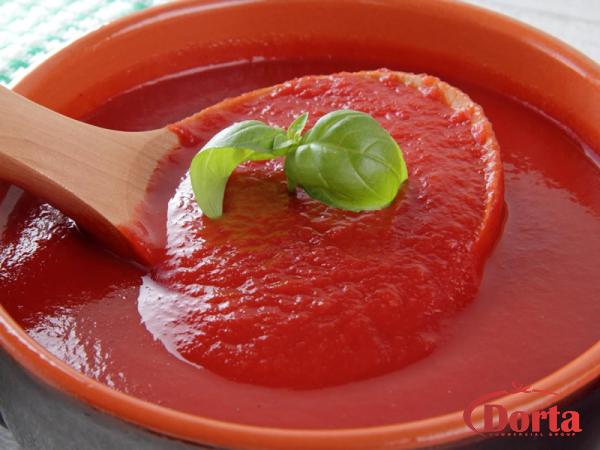 Organic farming generally requires more time and effort, leading to limited availability of organic tomatoes compared to their conventional counterparts. As a result, the demand for organic tomato paste often exceeds the supply, causing prices to rise. 3. Certification Costs: To ensure the authenticity of organic products, organic tomato paste manufacturers pursue certification from reputable organic certification bodies. Acquiring and maintaining organic certification involves complying with strict regulations and undergoing regular inspections. These certification costs are passed on to the consumers, contributing to the final price of organic tomato paste. 4. Processing and Packaging: After the tomatoes are harvested, they undergo a series of processing steps, including peeling, cooking, and straining, leading to the transformation into tomato paste. Organic processing facilities must adhere to specific guidelines to maintain organic integrity throughout the process.
Organic farming generally requires more time and effort, leading to limited availability of organic tomatoes compared to their conventional counterparts. As a result, the demand for organic tomato paste often exceeds the supply, causing prices to rise. 3. Certification Costs: To ensure the authenticity of organic products, organic tomato paste manufacturers pursue certification from reputable organic certification bodies. Acquiring and maintaining organic certification involves complying with strict regulations and undergoing regular inspections. These certification costs are passed on to the consumers, contributing to the final price of organic tomato paste. 4. Processing and Packaging: After the tomatoes are harvested, they undergo a series of processing steps, including peeling, cooking, and straining, leading to the transformation into tomato paste. Organic processing facilities must adhere to specific guidelines to maintain organic integrity throughout the process.
Specifications of tomato sauce
 Additionally, eco-friendly packaging, such as BPA-free containers, can add to the overall production cost, impacting the price of organic tomato paste. 5. Transportation and Distribution: The transportation and distribution of organic tomato paste involve various costs, including fuel expenses, refrigeration, and storage. Organic products often require specialized shipping conditions to prevent contamination with conventional produce, further adding to the total cost. These transportation and distribution expenses are passed on to consumers, ultimately influencing the price of organic tomato paste. 6. Retail Margins: Finally, retailers play a crucial role in determining the final price of organic tomato paste. Retailers typically factor in their own margins, which cover store rent, overhead costs, and profit margins.
Additionally, eco-friendly packaging, such as BPA-free containers, can add to the overall production cost, impacting the price of organic tomato paste. 5. Transportation and Distribution: The transportation and distribution of organic tomato paste involve various costs, including fuel expenses, refrigeration, and storage. Organic products often require specialized shipping conditions to prevent contamination with conventional produce, further adding to the total cost. These transportation and distribution expenses are passed on to consumers, ultimately influencing the price of organic tomato paste. 6. Retail Margins: Finally, retailers play a crucial role in determining the final price of organic tomato paste. Retailers typically factor in their own margins, which cover store rent, overhead costs, and profit margins.
buy tomato sauce
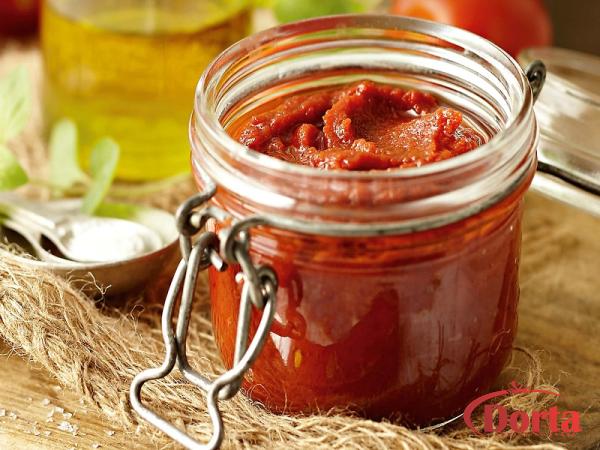 The choice of retail channel can also impact the price, as specialty organic stores might charge higher prices compared to mainstream supermarkets. Conclusion: The price of organic tomato paste is influenced by various factors, from organic farming practices, supply and demand dynamics, certification costs, processing and packaging, transportation and distribution expenses, to retail margins. Understanding these factors provides consumers with valuable insights into the pricing dynamics of organic tomato paste. While the price may be higher than conventional alternatives, the premium reflects the sustainable and healthier production practices associated with organic farming, encouraging consumers to make eco-conscious choices in their food purchases.
The choice of retail channel can also impact the price, as specialty organic stores might charge higher prices compared to mainstream supermarkets. Conclusion: The price of organic tomato paste is influenced by various factors, from organic farming practices, supply and demand dynamics, certification costs, processing and packaging, transportation and distribution expenses, to retail margins. Understanding these factors provides consumers with valuable insights into the pricing dynamics of organic tomato paste. While the price may be higher than conventional alternatives, the premium reflects the sustainable and healthier production practices associated with organic farming, encouraging consumers to make eco-conscious choices in their food purchases.

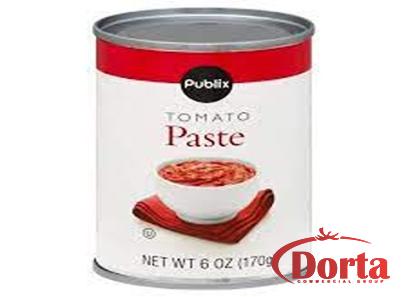
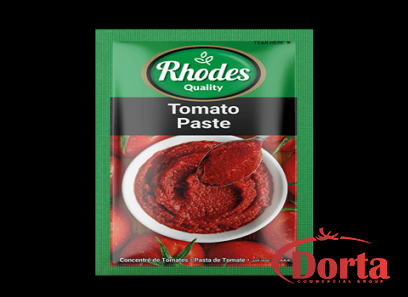

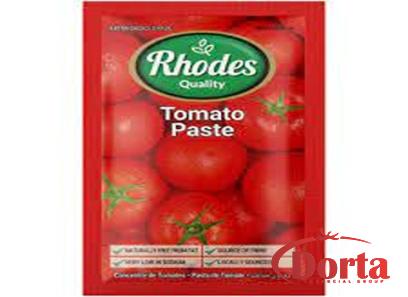


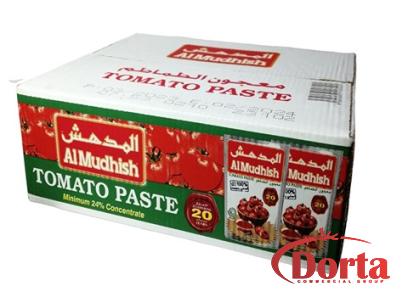
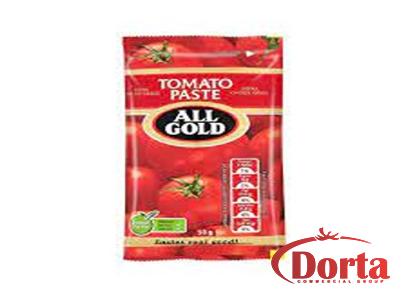
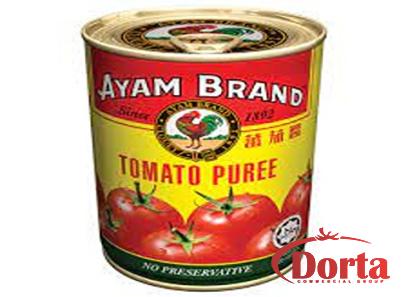
Your comment submitted.